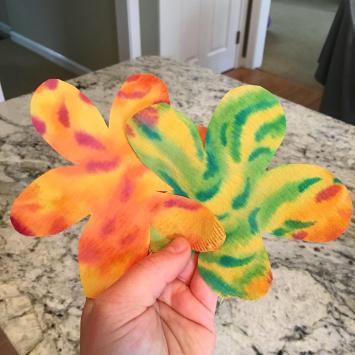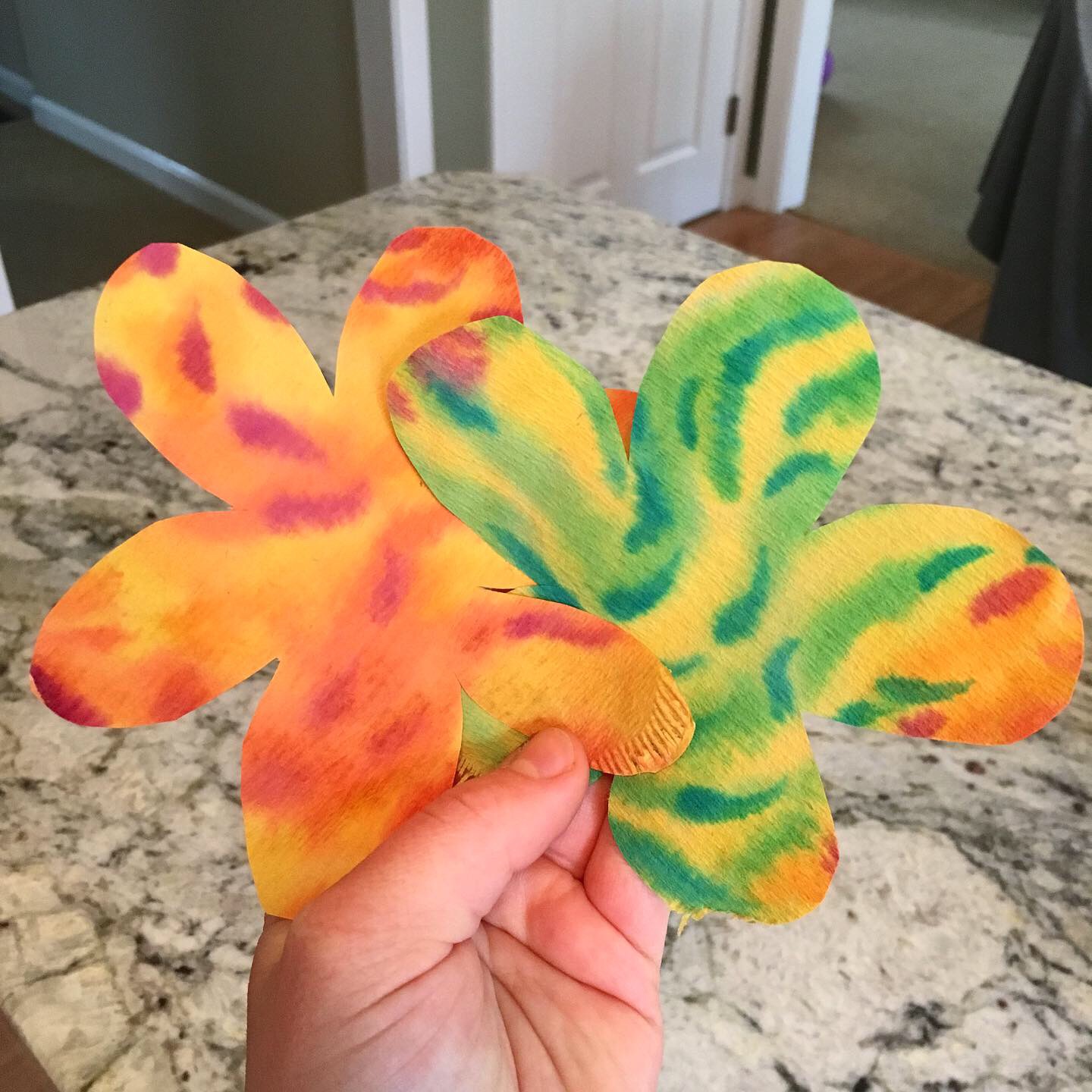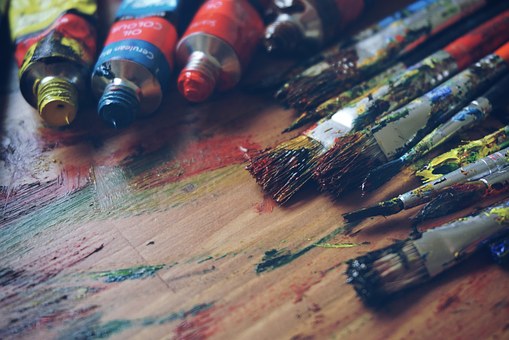
Coffee Filter Art
OBJECTIVES
Learn about the nature of water on a small scale. Observe how water spreads and carries color and how different colors move at different speeds. Relate water spreading color to water flowing in a river, carrying natural materials (leaves, logs, etc.) and pollutants (chemicals, litter). Create colorful coffee filters to hang in window or elsewhere.
INSTRUCTIONS
1) Talk about how water works. Where do you see water? In a river, pond, puddles, as rain? How does water move? Slow, fast? Does water move other objects? Leaves, logs, litter? Optionally, watch this video of water flowing in a river.
2) Assemble materials. Cover your work surface with either plastic or an unfolded paper bag from the grocery store.
MATERIALS
Coffee filters
Crayola markers or other markers
Water color paint (optional)
Large or small paint brush
A small bowl of water
Scissors
Something to cover your work surface
Other examples of coffee filter art include testing the chromatography of different colored markers. Chromatrography is the process of separating molecules based on their different attributes, such as how heavy they are. You can check out this chromatography experiment and try it out for yourself!








